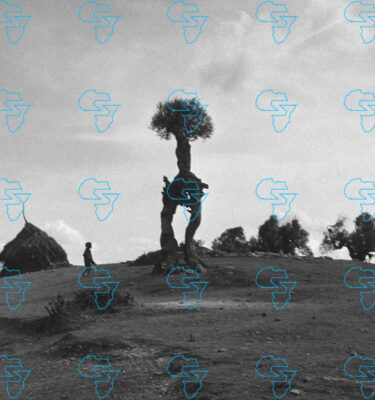
Domestic institutions now hold half of region’s public debt
Around half of all public debt in Sub-Saharan African countries is now held by domestic institutions, a trend that has steadily increased over the years and is reshaping the region’s financial landscape, the International Monetary Fund (IMF) reported this week.
Abebe Aemro Selassie, head of the IMF’s African department, said the shift toward domestic borrowing has been both a mark of resilience and a source of growing concern.
“This is the point we’ve been highlighting for several years,” he said during a press briefing on Thursday, part of the IMF-World Bank Annual Meetings. “At this moment, our estimation is that about half of total public debt is held by domestic institutions.”
From The Reporter Magazine
Abebe noted that African governments have turned to domestic banks to sustain spending levels and economic activity in the face of declining external financing. He described the trend as a double-edged sword.
While domestic borrowing has helped African governments cope with tightening external financing conditions, it has also created new risks in economies already burdened by high debt.
In its latest Regional Economic Outlook for Sub-Saharan Africa report, the IMF warned that foreign aid, a vital source of funding for many low-income and fragile states, is falling rapidly.
From The Reporter Magazine
The organization estimates that bilateral aid to Sub-Saharan Africa could decline by up to 28 percent this year, threatening essential services in countries such as South Sudan, Niger, and the Central African Republic.
“Health, education, and humanitarian programs are particularly vulnerable,” the IMF cautioned, noting that governments already have limited fiscal space to absorb such shocks.
“We are now observing a situation where there are significant vulnerabilities, particularly in those countries where public debt is at very elevated levels,” Abebe also warns. “The risk of distress is higher, and we’re seeing some pressures on bank balance sheets or potential pressures on banks’ balance sheets.”
This pressure varies from country to country depending on the extent of vulnerabilities, and is particularly concerning for nations where public debt levels and interest rates are particularly “We are working with governments to ensure there is a robust regulatory framework and sound capitalization plans for banks. Most importantly, the first line of defense is to keep public finances on a healthy trajectory to minimize potential spillover risks,” said Abebe.
He recalled an IMF assessment from six months ago, which highlighted the region’s strong performance, with growth exceeding expectations last year. However, he added, the situation has since been affected by a “sudden realignment of global realities” amid increasingly turbulent external conditions, marked by weakened demand, softer commodity prices, and tighter financial markets.
“Today, these global headwinds continue to test the region’s recovery and resilience,” he said. “We now estimate that Sub-Saharan Africa’s economic growth will remain steady at 4.1 percent this year, with a modest pickup expected in 2026.”
Abebe attributes the growth forecast to progress in macroeconomic stabilization and reform efforts across major economies in the region, including in Ethiopia.
He also pointed out that several countries such as Benin, Côte d’Ivoire, Ethiopia, Rwanda, and Uganda are among the fastest-growing economies in the world. However, Abebe cautioned that resource-intensive and conflict-affected countries continue to face significant challenges, achieving only modest gains in per capita income.
The issues are compounded by an increasingly difficult external environment that has seen global growth slow and commodity prices diverge.
“Oil prices are declining, while the prices of copper, coffee, and gold remain fairly elevated,” said Abebe.
He mentioned that external financing conditions have shown some improvement, allowing countries such as Kenya and Angola to recently access international capital markets. However, he cautioned that the global trade and policy landscape has deteriorated further, placing further strain on the region’s fragile recovery.
Tariffs on exports to major markets such as the United States have increased, while the expiration of preferential access under the African Growth and Opportunity Act (AGOA), will hit export-oriented economies like Lesotho and Madagascar.
The IMF has urged African governments to focus on mobilizing domestic revenues and strengthening debt management as a way to safeguard macroeconomic stability and sustain development.
.
.
.
#IMF #Sounds #Alarm #SubSaharan #Africas #Rising #Domestic #Debt
Source link











